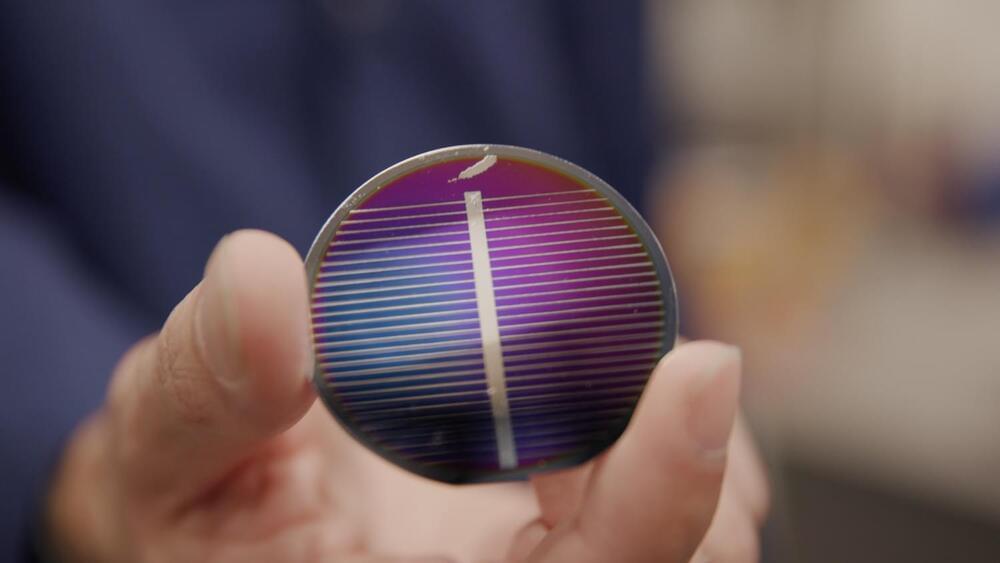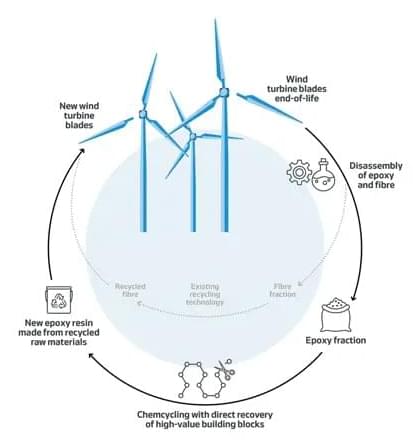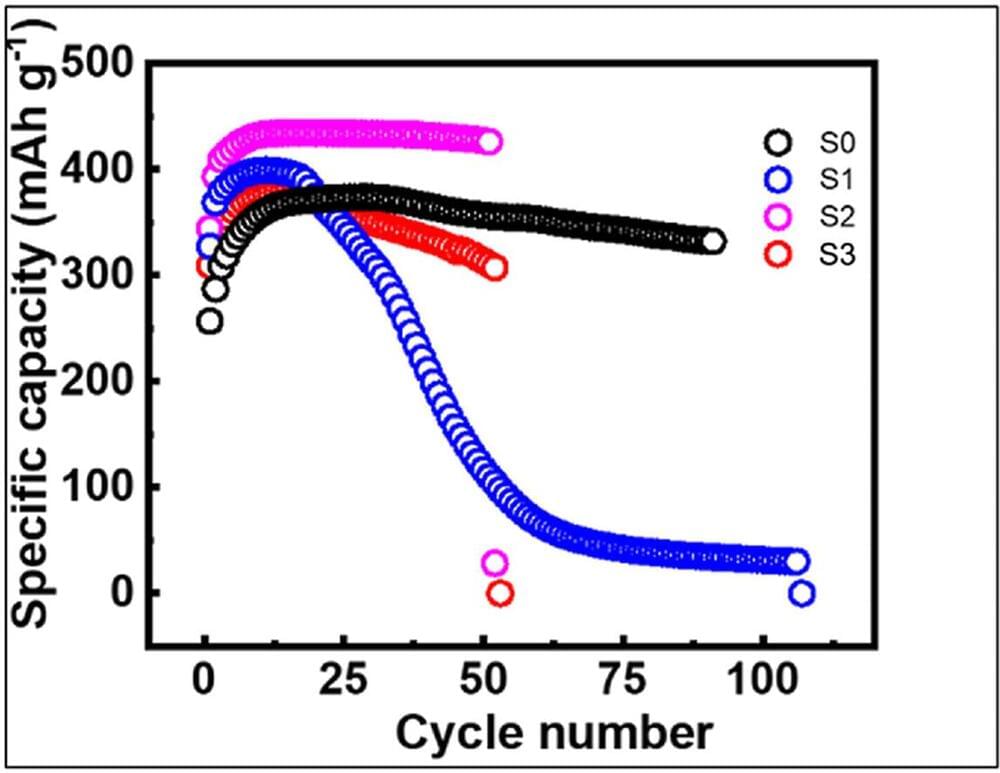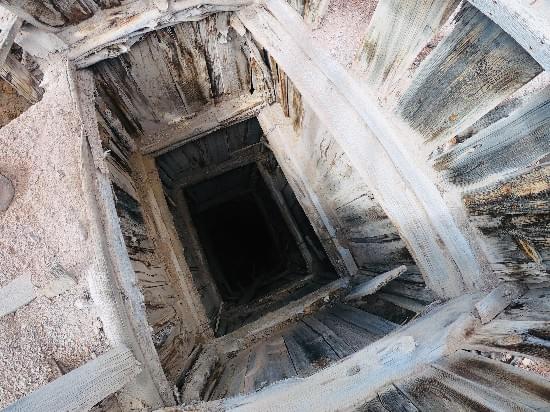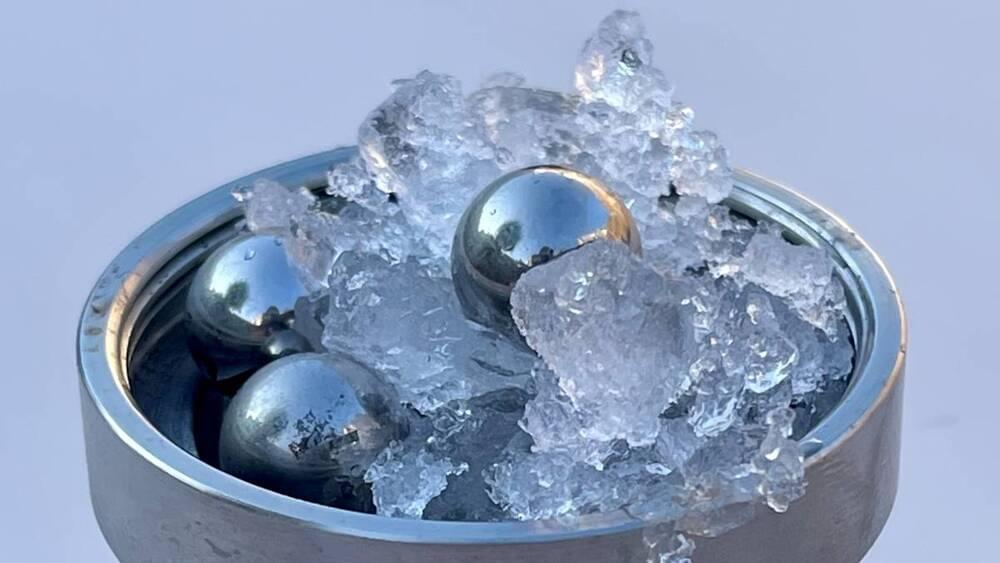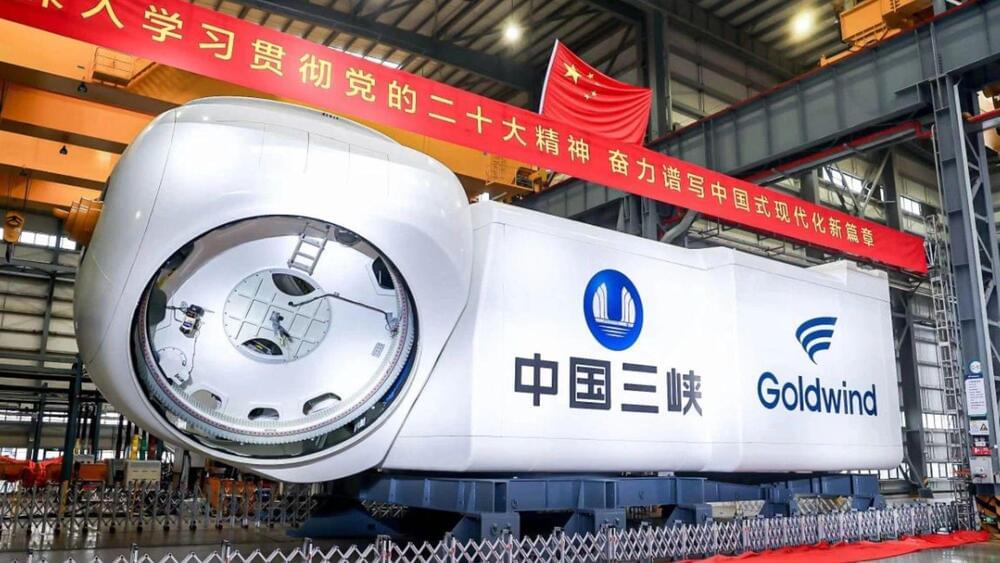NEW YORK (AP) — Archaeologists in Kenya have dug up some of the oldest stone tools ever found, but who used them is a mystery.
In the past, scientists assumed that our direct ancestors were the only toolmakers. But two big fossil teeth found along with the tools at the Kenyan site belong to an extinct human cousin known as Paranthropus, according to a study published Thursday in the journal Science.
This adds to the evidence that our direct relatives in the Homo lineage may not have been the only tech-savvy creatures during the Stone Age, said study author Rick Potts, director of the Smithsonian’s Human Origins Program.

